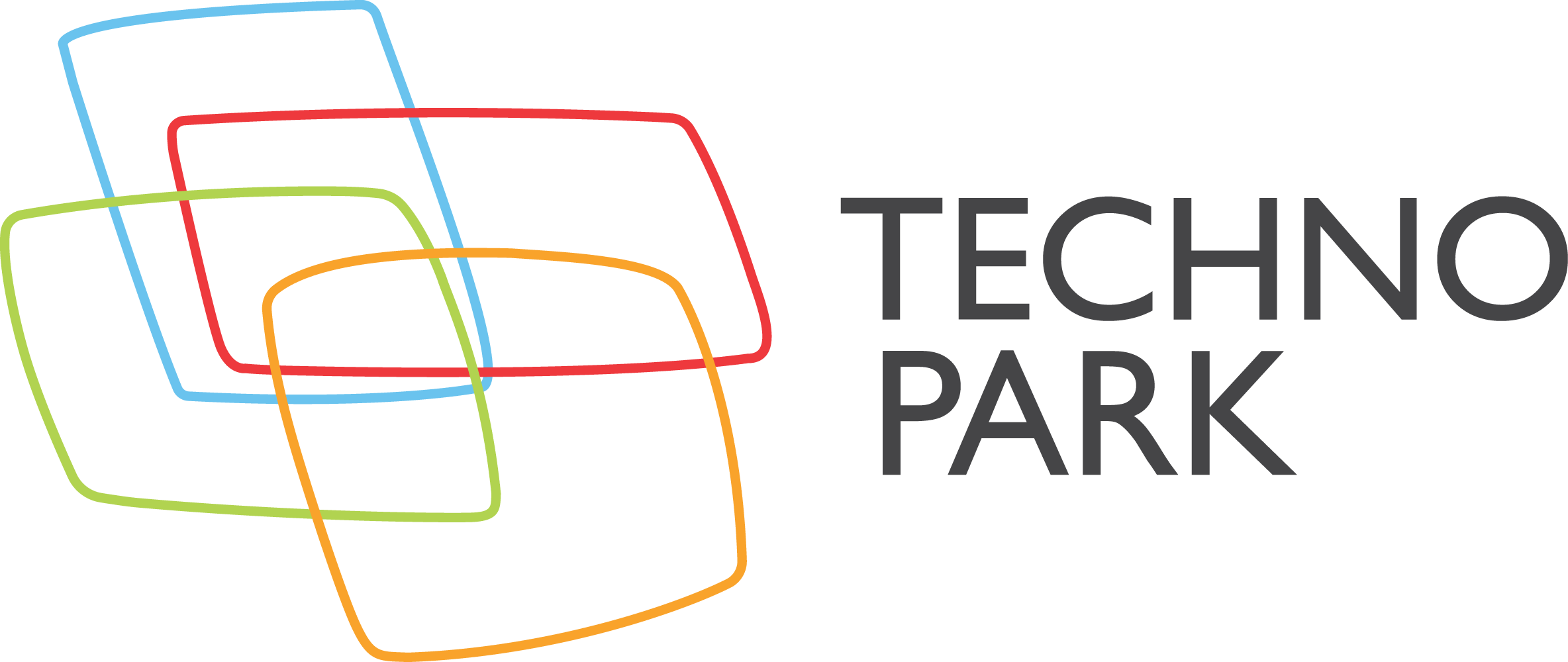Artificial intelligence (AI) plays a vital role in Industry 4.0. While AI systems are able to increase productivity and efficiency through automation, they also have the potential to seriously disrupt labour markets. What role does AI play in the fourth industrial revolution and how will this impact the workforce?
Industry 4.0 – a shifting paradigm
By the late 1800s, large cities all around the world were “drowning in horse manure”. Cities were dependent on thousands of horses for the transport of both people and goods. According to Ben Johnson, there were over 11,000 hansom cabs on the streets of London alone in 1900. Similarly, New York had a population of 100,000 horses producing around 2.5m pounds of manure a day. In 1894, the accumulation of horse manure was so staggering that it led to The Times newspaper making this now famous prediction: “In 50 years, every street in London will be buried under nine feet of manure.”
However, by 1912 what became known as the ‘Great Horse Manure Crisis of 1894’, had been resolved with the invention and popularisation of motor-powered transport. In cities all around the globe, horses had been replaced by electric trams and automobiles as popular and affordable forms of transportation. The mechanisation of transport was, however, not received without resistance. Reminiscing on the birth of the industry and the general public scepticism around automobiles, the inventor Alexander Winton noted:
But in the ’90s, even though I had a successful bicycle business, and was building my first car in the privacy of the cellar in my home, I began to be pointed out as ‘the fool who is fiddling with a buggy that will run without being hitched to a horse.” My banker called on me to say: “Winton, I am disappointed in you.” That riled me, but I held my temper as I asked, “What’s the matter with you?’ He bellowed: “There’s nothing the matter with me. It’s you! You’re crazy if you think this fool contraption you’ve been wasting your time on will ever displace the horse.”
It would ultimately be the scientific community who would have the last laugh, as Thomas Edison prophesied:
Talking of horseless carriage suggests to my mind that the horse is doomed. The bicycle, which, 10 years ago, was a curiosity, is now a necessity. It is found everywhere. Ten years from now you will be able to buy a horseless vehicle for what you would pay today for a wagon and a pair of horses. The money spent in the keep of the horses will be saved and the danger to life will be much reduced.
As Thomas Kuhn argued, scientific progress is not a linear accumulation of knowledge, but rather occurs through the overthrow of existing paradigms and the emergence of new ones. According to Kuhn a paradigmatic shift refers to a fundamental change in the way that people think about or approach a particular issue or problem. It involves a shift in the underlying assumptions, values, and beliefs that shape people’s understanding of the world. Every crisis provides opportunity for change and evolution. We are, however, unable to see all the eventualities of real revolution as it lies beyond our world view to do so.
The first industrial revolution began in the late 18th century with the mechanisation of textile production and the use of steam power. The second industrial revolution, sometimes called the “technological revolution,” occurred in the late 19th and early 20th centuries with the introduction of electricity, mass production, and the assembly line. The third industrial revolution, also known as the “digital revolution,” began in the 1960s with the widespread use of computers and automation.
Industry 4.0 is often referred to as the fourth industrial revolution (4IR). This set of technological developments represents a major shift in the way manufacturing and other industries operate. Driven by the integration of advanced technologies such as the Internet of Things (IoT), artificial intelligence (AI), robotics, and big data analytics, Industry 4.0 builds upon the digital revolution by integrating advanced technologies and automation systems into every aspect of manufacturing and other industries.
While Industry 4.0 represents a significant shift towards more efficient, flexible, and intelligent production systems, it also has the potential to cause major disruptions, especially in the labour market, with one key variable being Artificial Intelligence (AI).
AI and Industry 4.0
The OECD provides the following definition of Artificial Intelligence (AI):
[A]n AI system is a machine-based system that is capable of influencing the environment by producing an output (predictions, recommendations, or decisions) for a given set of objectives. It uses machine and/or human-based data and inputs to (i) perceive real and/or virtual environments; (ii) abstract these perceptions into models through analysis in an automated manner (e.g., with machine learning), or manually; and (iii) use model inference to formulate options for outcomes. AI systems are designed to operate with varying levels of autonomy.
AI, along with other advanced technologies such as the Internet of Things (IoT), robotics, and 3D printing, is fundamentally changing the way that businesses operate. Just as the first industrial revolution saw the introduction of mechanised production, and the second industrial revolution saw the introduction of assembly-line production, Industry 4.0 is characterised by the digitisation of the manufacturing process. This involves the use of AI and other advanced technologies to automate and optimize production processes.
One of the key features of Industry 4.0 is the use of data to drive decision-making. By collecting data from sensors and other sources throughout the manufacturing process, businesses can gain valuable insights into their operations and use this information to make more informed decisions. AI plays a key role in its ability to identify patterns and trends that might not be immediately apparent to humans, and uses this information to optimise processes.
Another key feature of Industry 4.0 is the increasing use of robotics and automation in manufacturing. This involves the use of robots and other automated systems to perform tasks that were previously done by humans. Automation has the potential to not only reduce costs, increase productivity, and improve quality, but also free up human workers to focus on more complex and creative tasks.
Finally, AI is also being used to develop new products and services, and to create new business models. For example, AI-powered chatbots and virtual assistants are being used to provide customer service and support, while AI-powered recommendation engines are being used to suggest products and services to customers. In addition, AI is being used to optimize supply chain operations, and to predict and prevent equipment failures.
Each major technological revolution has disrupted the way we work in ways people could not even have predicted at the time. While AI has the potential to increase productivity and quality through automation, in doing so it will seriously disrupt the labour market. In fact, in the 2020 World Economic Forum The Future of Jobs Report, authors found that “technological adoption by companies will transform tasks, jobs and skills by 2025.” So how will AI change the modern workforce and what can employees do to stay relevant?
How will AI change the modern workforce?
As mentioned before, one of the biggest impacts of AI on the workforce is its ability to automate tasks that were previously done by humans. This has already happened in industries such as manufacturing, where robots are used to perform repetitive tasks on assembly lines. As AI technology improves, it is likely that more jobs in other industries will also be automated. This could lead to job losses in some areas, particularly in jobs that involve repetitive tasks such as:
Data entry and analysis: AI can automate data entry and analysis tasks, which are currently performed by humans.
Customer service and support: AI-powered chatbots and virtual assistants can handle basic customer inquiries and support, reducing the need for human customer service representatives.
Driving and transportation: Self-driving vehicles powered by AI could replace human drivers in some industries such as ride-sharing and logistics.
Manufacturing and assembly line work: AI-powered robots can perform repetitive and physically demanding tasks on assembly lines, reducing the need for human workers.
Legal research and document review: AI can analyse vast amounts of legal documents and assist lawyers in preparing cases, potentially reducing the need for paralegals and legal assistants.
Banking and finance: AI can automate tasks such as fraud detection, loan underwriting, and investment management, potentially reducing the need for human workers in these roles.
However, AI also has the potential to create new jobs in areas that require a different set of skills than those that are being automated. Workers who have these skills are likely to be in high demand in the future. It is therefore important to develop skills in order to remain competitive in the job market. Some examples of new job areas may include:
Data science: Data scientists will be responsible for designing and implementing AI systems, and analysing the data generated by these systems to drive business decisions.
AI training: AI trainers will develop and oversee training data sets used to teach AI systems to recognize patterns, respond to commands, and make predictions.
AI ethics: AI ethicists will be responsible for ensuring that AI systems are designed and used in an ethical and socially responsible manner.
AI programming: AI programmers will be responsible for writing code that powers AI systems, as well as developing algorithms and models used in AI systems.
Human-machine collaboration: As AI and human workers increasingly collaborate, specialists will be needed to manage and optimize these relationships.
Cybersecurity: As AI systems become more common, there will be a growing need for cybersecurity specialists to ensure that these systems are protected from hacking and other threats.
Virtual assistant design: As AI-powered virtual assistants become more common, designers will be needed to create and refine the user interface and experience.
Predictive maintenance: AI can be used to predict when machinery and equipment will require maintenance, creating new job roles for technicians who can use this information to perform preventative maintenance.
The impact of AI on the modern workforce will inevitably depend on a range of factors, including the industry, country, the specific job roles involved, and the level of adoption and integration of AI technologies. However, it is clear that AI will bring significant changes and opportunities for both employers and employees.
Staying abreast of disruption
The potential for technology to disrupt labour markets is not new, and neither are the fears that accompany such developments. The Luddite protest movement of the early 19th century was, for example, a famous backlash by skilled handloom weavers against the mechanisation of the British textile industry that emerged as part of that Industrial Revolution.
AI is a key driver of Industry 4.0, and is already fundamentally changing the way that businesses operate. While there are challenges associated with this transition, such as the potential for job losses and the need to adapt to new technologies, there are also many opportunities for both employers and employees that embrace these changes.
Although Luddites were right about the short-term impact on livelihoods due to the introduction of new technologies, they were ultimately wrong about the long-term benefits. It is difficult to have a clear view of the future, when it relies on a different world view to understand it.
The adoption of new technologies is not going to abate due to the benefits outweighing the costs for businesses in the long run. As AI continues to evolve, new job roles and opportunities will emerge, requiring workers to adapt and develop new skills. It is up to both employers and employees to ensure that they not only understand this new playing field, but are armed with the appropriate skills to remain relevant.

